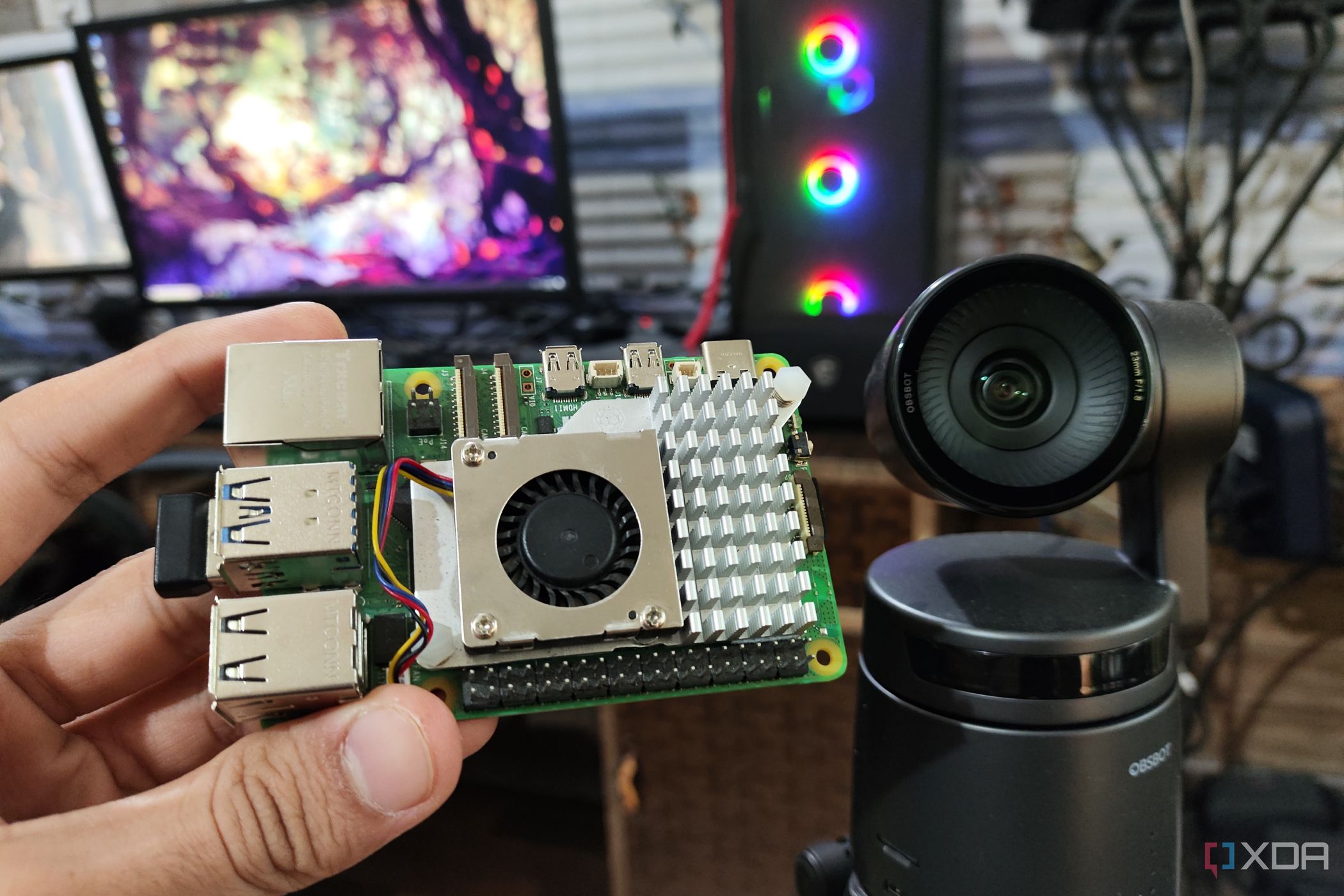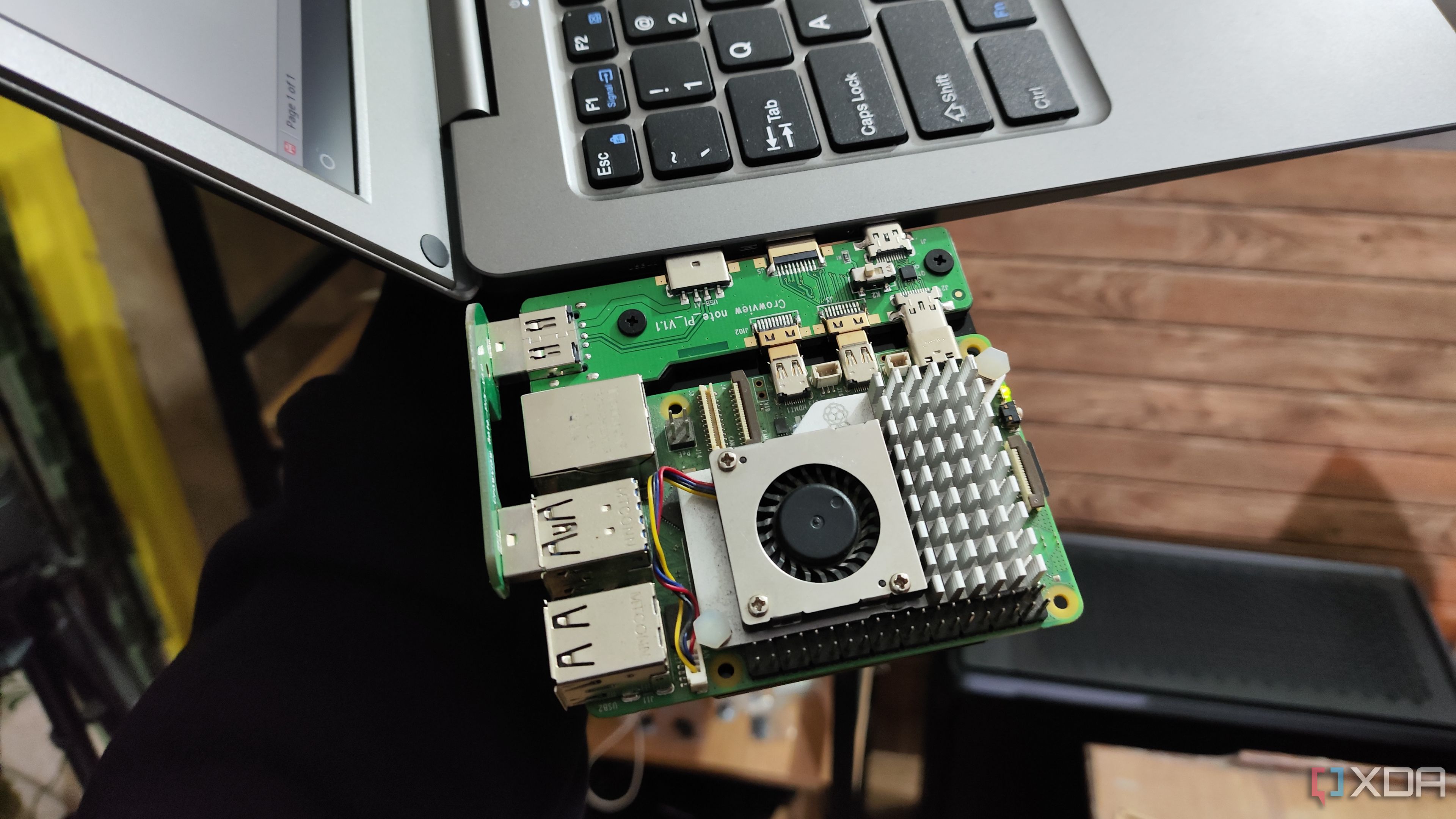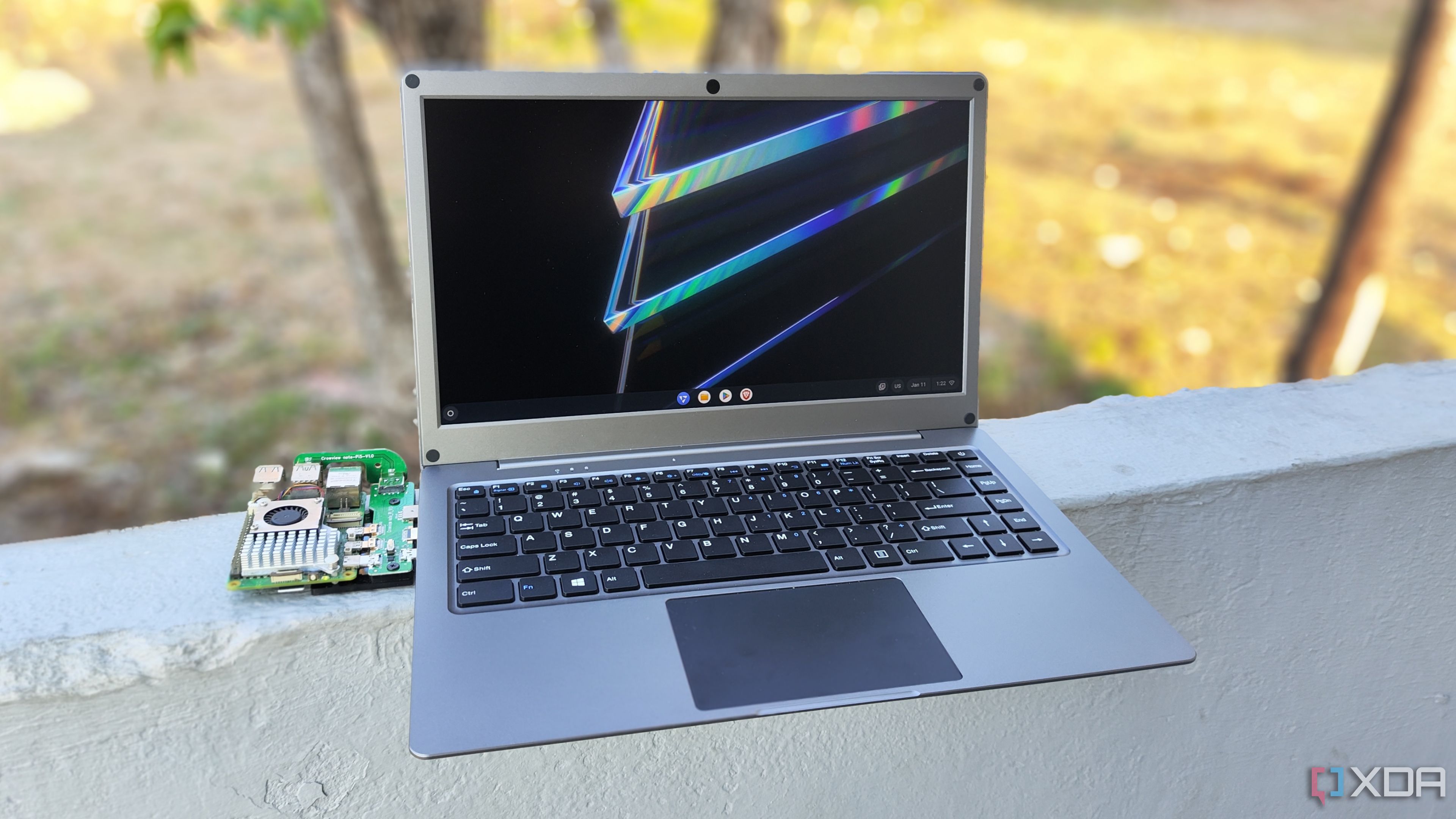Over the years, SBCs have seen significant improvements in both processing capabilities and software compatibility. Modern-day Single-Board Computers have become versatile enough to power a wide variety of projects. This trend also extends to the Raspberry Pi series, with the RPi 5 packing enough firepower to run full-fledged desktop operating systems.
When Elecrow reached out to me regarding their CrowView Note 14 laptop chassis, I knew I had to convert it into a makeshift Raspberry Pi-flavored daily driver. Having spent more than a week tinkering with different distros, applications, and packages, here’s a log of how I turned my Raspberry Pi 5 into a fairly decent laptop.
Related
I tried emulating PS3 games on the Raspberry Pi
While the Raspberry Pi 5 can technically run PS3 games, calling them playable would be too generous
Elecrow sent me a CrowView Note 14, but the company had no input into the article.
Assembling everything is a piece of cake
It does look a bit like Dr. Frankenstein’s Monster
Before I go over the software, it’s time to talk about the CrowView Note 14, the other core aspect of this project. Featuring a similar form-factor as your 14-inch laptop, the CrowView Note is just a display with a keyboard, touchpad, and battery attached to it, meaning you’ll need the Raspberry Pi to do all the heavy lifting. While this setup leaves the SBC caseless, you do get access to a fairly solid keyboard and touchpad, alongside a couple of extra USB ports.
Connecting the Raspberry Pi to the CrowView Note was fairly simple, as all I had to do was pair the SBC with the bridge board and slot it into the laptop chassis. After flashing a microSD card with a fresh installation of the Raspberry Pi OS, it was time to test this patchwork laptop. While I enjoyed the first couple of minutes with the Raspberry Pi laptop, the performance was just not good enough for something I’d use as a daily driver. So, it was about time I switched to a better distro.
Choosing the right OS was difficult
I had to pick between functionality and responsiveness
Let’s get this out of the way first: the Raspberry Pi OS is an amazing operating system for the RPi 5. Not only is it hand-crafted to work with the uber-popular SBC lineup, but it’s also the OS of choice for most tinkerers who love building unique projects with the Raspberry Pi series. But once you strip away its beginner-friendly nature, the GUI version (or even the CLI variant, for that matter) lacks the sheer horsepower needed for this project.
Sure, you could multitask to some extent on the more memory-laden Raspberry Pi 5 models, but the first-party OS can buckle under the weight of multiple browser tabs. Likewise, watching YouTube videos at anything above 720p can result in a choppy experience. Clearly, the Raspberry Pi OS was a no-go for the RPi laptop. Ubuntu and Kali Linux offer a largely similar experience, while a jury-rigged Windows 11 installation is rife with random freezes and compatibility issues. This left me with DietPi, and as much as I love this ultra-lightweight distro, it’s a bit too barebones for my daily driver.
That’s when I decided to give the Chromium-based FydeOS a shot. And boy, did it work incredibly on the Raspberry Pi laptop!
FydeOS and Raspberry Pi make a terrific duo
Especially when you want to build a laptop with the SBC
ChromeOS (and by extension, Chromium) distros are known for their lightweight nature, and FydeOS is no different from its brethren in that regard. The user interface is just as easy to navigate, and you’ll feel right at home if you’ve ever used a Chromebook. As such, FydeOS strikes the right balance between convenience and performance. Multitasking was a lot easier on FydeOS than the other distros, and I had zero stuttering issues with as many as twenty tabs open on Chromium. Likewise, streaming YouTube videos worked just as well at 1080p.
Aside from the web apps, FydeOS also supports a Linux subshell. As such, I was able to add LibreOffice, VS Code, Krita, Darktable, and Docker to add most of the utilities I use on my daily driver to the RPi laptop. Hardware-wise, the keyboard and touchpad on the CrowView Note 14 are responsive enough to meet my daily coding and typing needs. That said, the CrowView Note’s low battery life remains my biggest complaint about the setup. The built-in 5000mAh battery can only last for 3-4 hours on light workloads, and the number drops if I try running multiple applications at once.
Given the rock-solid performance of FydeOS so far, I wanted to push my Raspberry Pi-powered laptop through the ringer by running games on it. Besides supporting a Linux subsystem, FydeOS also supports one for Android, meaning I was free to load my experimental laptop with games and emulators. After configuring Google Play Services (which barely takes more than a few minutes, unlike LineageOS), I installed a handful of titles, including Inotia 4, Brotato, Vampire Survivors, 20 Minutes Till Dawn, and Soul Knight, with the Raspberry Pi holding up really well in each case. Unfortunately, Into the Dead 2, Honkai Impact, and other 3D titles either crashed during installation or ran at low FPS.
On the flip side, I was able to emulate fairly demanding PSP titles like Metal Gear Solid: Peace Walker at 2X resolution on the system, though I had to turn off every other application to avoid sudden crashes. With the tests out of the way, it’s time to consider the feasibility of the system.
Should you build a laptop with the Raspberry Pi and CrowView Note?
Having spent a while with my Raspberry Pi-turned-laptop, I’d say it’s more than worth the price and effort. Once you arm your SBC with something like DietPi or FydeOS, you can use it as a solid daily driver. For power-hungry users who prefer squeezing every last drop of performance out of their devices, you could go for a 16GB RPi 5 model and install the OS on an SSD instead of a microSD card.
That said, the CrowView Note’s low battery life remains the biggest issue of this setup. Additionally, the Raspberry Pi remains fully exposed in the makeshift laptop, leaving it vulnerable to accidental spills and other mishaps. But if you’re willing to look past these drawbacks, it’s still a fantastic way to put your spare Raspberry Pi to use, especially if you’re looking for a unique yet inexpensive “laptop” for your tinkering needs.

Related
10 creative uses for a Raspberry Pi in a home office setup
Your tiny Raspberry Pi can add some essential QoL features to your home office




